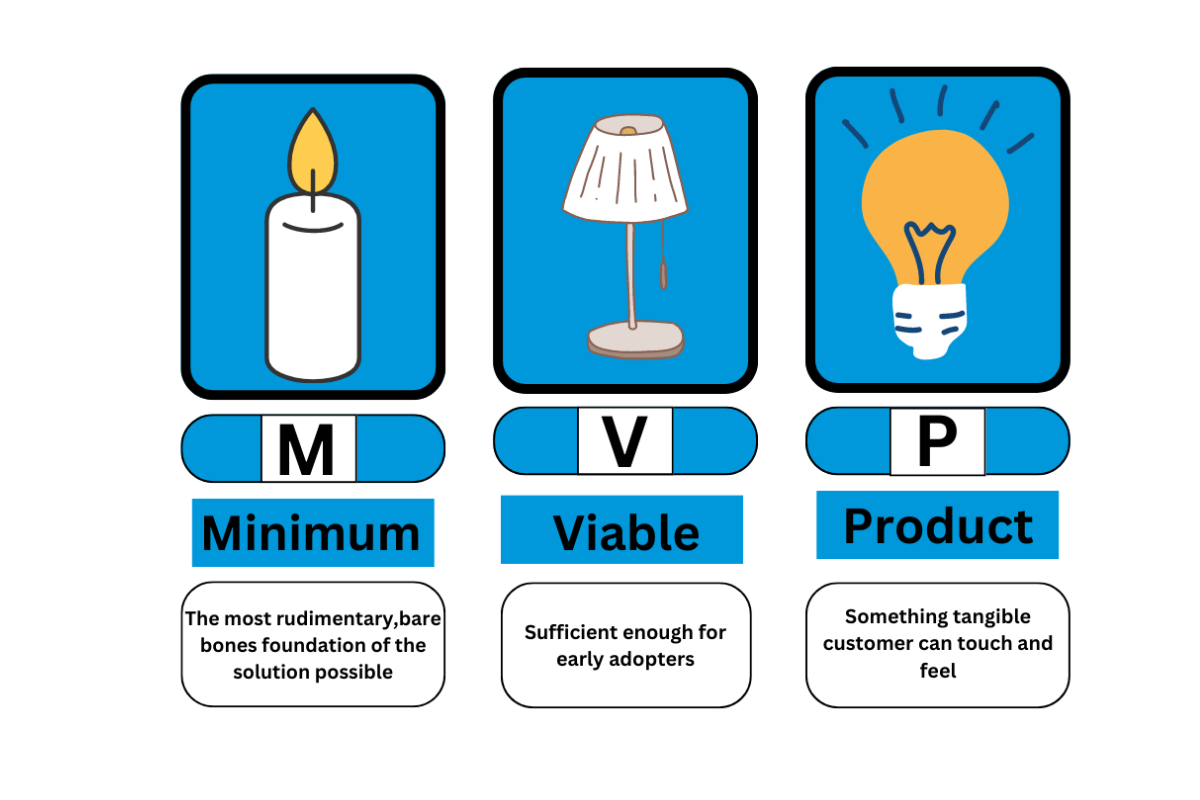

Reasons for choosing us
Working with Skybin will provide you with insightful digital solutions to help you to compete and make the mark. We understand & value the importance of the time and money spent on investment and work tirelessly to deliver the unmatched customer satisfaction.
Our Support
We have teams of highly qualified professional, experienced over a decade who cut through the requirements by research and analysis to Develop, Design and Deliver the quality products and solutions.
Our Development services
We help agencies to define their new business objectives and then create the road map
Best Web Development Agency | Top Web Development Company
Boost your online presence with our expert services! As a leading web development company and agency, we specialize in crafting exceptional websites. Trust our dedicated team for top-notch website development services, ensuring your digital success and elevated online experience
Leading Mobile App Development Company Among the Best
Bring your ideas to life with the best in the business! As a leading mobile app development company, we stand out among the top players in the industry. Trust us to transform your vision into cutting-edge mobile solutions, delivering innovation and excellence in every app we develop.
Our Designing services
We help agencies to define their new business objectives and then create the road map
Top Web Development and Website Designing Company for Small Businesses
We're a top web development and website designing company, dedicated to crafting powerful websites. Whether you're a small business looking for user-friendly website builders or in need of professional web design and development, we've got you covered. Trust us to elevate your digital success with a touch of excellence
Our Digital marketing Services
We help agencies to define their new business objectives and then create the road map
Boost Your Online Presence with Expert SEO Optimization Services and White Label Solutions
Take your digital presence to the next level with our top-notch SEO optimization services. Discover the benefits of white label SEO solutions provided by leading companies, designed to enhance your online visibility and success
Request a Call back
Let’s get together and build the foundation for transformation






